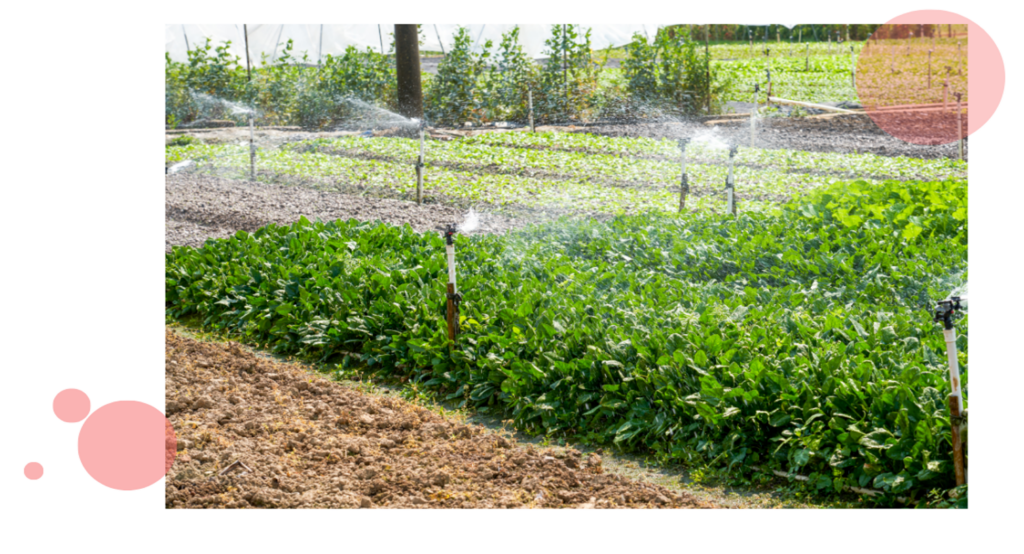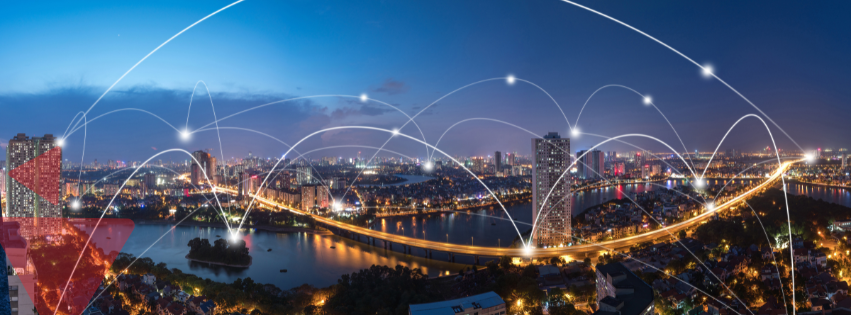
Comparing 2G,3G, and 4G with 5G Revolution
Faster and More Reliable Networks
5G technology has introduced the world with tremendous speed and low latency. Which has resulted in ensuring faster internet speeds and more reliable connections even in remote areas which is absolutely hassle-free for the public.Augmented Reality and the Internet of Things
5G technology enables the creation of innovative applications, such as the Internet of Things, autonomous vehicles (EV), augmented reality, and much more.Flexible Network Slicing
5G provides a flexible architecture allowing the creation and customization of virtual networks to serve various needs seamlessly Like we are able to conduct Virtual interaction without any trouble.Reduced Downtime
The potential for remote maintenance and software updates allows for reduced downtime, and better system performance for a wide range of industries.
IoT Integration
Home Automation The growing popularity of smart home devices from lights to thermostats requires more reliable and faster internet services. Home automation is a rapidly growing sector with direct impact on the quality of life for general masses. Industrial Automation Connected sensors collect and transmit data to improve manufacturing efficacy and reduce downtime which in turn makes industrial processes time and cost efficient. Healthcare Services With developments in the healthcare systems worldwide, a healthier lifestyle is just a click away with modern devices. These remote health monitoring devices require fast and reliable internet speeds to be effective, which will continue to push the demand for better telecommunication services to save lives. Transportation Smart cities are certainly making transportation more efficient by deploying connected vehicles and transportation management systems but these depend on stable and high-speed connectivity. Which undeniably requires better telecom infrastructure.Edge Computing
Faster Data Processing Edge computing brings easy mathematical closer to the data source, reducing latency with attention to increasing processing speed. Improved Security Data can be processed in real-time without being sent to a central server, reducing the risk of security breaches in transit. Reduced Network Congestion Edge computing helps reduce network congestion by processing data locally. Henceforth the data transferred over the network is only necessary, resulting in high-speed therefore the low-latency connections can be reduced.
Artificial Intelligence Integration
Predictive Maintenance AI and machine learning act like early warning systems for computer issues, helping fix problems before they cause big crashes. This means less waiting and more reliable networks for everyone. Personalized Customer Experience Telecommunications providers can leverage AI to understand customer behavior and preferences and service delivery to meet their needs Better Fraud Detection AI can help telecom companies better predict and prevent fraudulent activities, reducing their impact on customers, companies and the industry as a whole Network Optimization AI can optimize network performance and traffic flow, improving overall efficiency, lower costs, and provide customers with faster and more reliable services.Cybersecurity Challenges
Threats are Evolving Cyber criminals are deploying increasingly social strategy, causing huge risks to the telecommunications industry. Under those circumstances, the industry must proactively deploy advanced security to stop such threats. Distributed Denial of Service Attacks Telecommunications companies can be vulnerable to DDoS attacks, which can disrupt or block service delivery. Enhanced security measures can limit the impact of such attacks. e.g. Unknown Website or Link. User Data Breach The industry faces frequent data breaches that can have substantial consequences to users, such as theft of sensitive data. Therefore. deployment of cybersecurity measures will perform vital role to prevents from data breaches.



